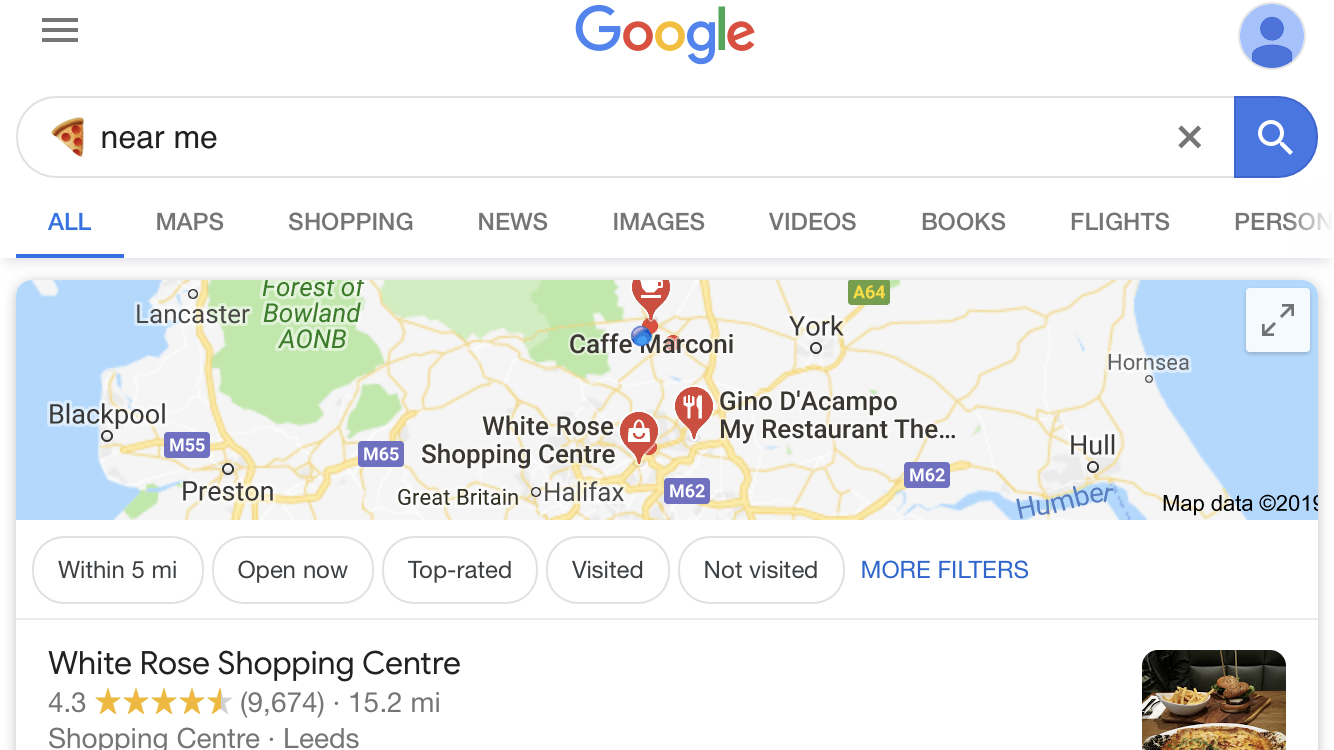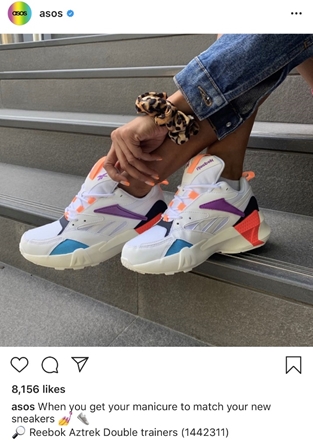Should you be using emojis in your SEO strategy?

First and foremost, Happy World Emoji Day! We all have our favourites, whether it’s the crying with laughter face, a slice of pizza or a simple heart, it’s these tiny, animated pictures that have become key features of our texts, tweets and captions. Emojis are a fun, light-hearted way of conveying feelings behind words and expressing ourselves through what we type.
With web users favouring mobile more than desktop, it may surprise you to hear that emojis have started to creep into our searches! So much so that Google now supports their use. The usage of emojis by brands across social and their websites is growing, but should you be using emojis in your SEO strategy?
Do emojis impact SEO?
There’s no denying the popularity of emojis, you can even use emojis when conducting a specific search such as looking up the actress Kristen Bell or local restaurants near me.

Similar to how voice capabilities recently spiked a change in search behaviour, the use of emojis is also beginning to cross over into search habits. Google, however, has the right to filter them out dependant on circumstances so before rolling them out as part of your SEO strategy, you should consider how appropriate they are to your brand, content and audience.
Emojis will only be displayed by Google when they are considered relevant to the query, so don’t rely on them solely for headers, titles or descriptions as they may be ignored if they seem out of place, appear spammy or are misleading to the topic. Emojis do however have the power to positively impact SEO in a number of ways:
- Increased Click-Through Rate: Using emojis can increase the CTR to your website. Google prioritises the user experience highly so incorporating emojis into your SEO strategy in the right way could help to improve your rankings.
- Increased brand trust: The fundamental use of emojis is to show emotion, they can, therefore, evoke an emotional response, increasing the connection between the user and your brand. People remember brands better if they create an emotional connection with them; emojis can make a piece of content more relatable as you are essentially using the same language as the reader. As a result, when emojis are used in SEO articles, it can help the content feel more natural which is exactly how SEO should be.
- Strengthen your brand identity: Emojis can help enhance your TOV and brand identity through a fresh, relevant format. Utilising this new language is helpful for brands when they are wanting to engage an online audience. The simple style of this digital messaging aids businesses in speaking directly to their audience targeting who matters most and positioning the brand to reach a wider market.
- Improved search relevancy: Google is keen to help users gain the most relevant results from their search query. As emojis are so popular, it is becoming more acceptable to utilise them when appropriate either as a search term or in addition to text.
How are brands using emojis?
According to PR Week, “Four in five 18-to-65-year-olds use emojis on a regular basis, while 72% of 18-25-year-olds find it easier to express emotion through emojis rather than written words”. The use of emojis is becoming more accepted in the world of digital with brands leveraging this newfound power to drive engagement across social media platforms such as Instagram.

Increased use of emojis is also being seen more frequently across business channels such as LinkedIn and email with platforms such as Outlook also supporting their use.
Huge businesses including Dominos are even applying emojis to their processes, the pizza brand introduced a chatbot feature on Twitter that allows customers to order using a single pizza emoji. Although not massively convenient (customers first had to set up a Domino’s account, choose their favourite pizza and link it to their Twitter account before placing the order) these advancements highlight the innovative opportunities behind the use of emojis in business.
As this trend develops, brands are predicted to begin creating brand names that have a supporting emoji so when people search for the keyword or the emoji they are more likely to show up on Google.
This is all well and good for use across social media, but it’s important to understand if, where and how you should use emojis for them to be effective within your SEO strategy.
Where and how should you use emojis
Emojis aren’t always relevant. A large factor of using them is first deciding if they are audience appropriate and whether they benefit your content. As the use across digital is growing, new ways of implementing them into your online brand are emerging.
Emojis can be present in metadata such as title tags, meta descriptions and Google My Business Listing Titles, they can also be included within Google Ads and on websites too. When incorporating emojis into content or metadata, you should aim to use them sparingly, ensuring they are always relevant. It is also worth keeping in mind that Google doesn’t always show meta titles and descriptions exactly as they are provided by the site owner/author.
Emojis in search results are far from norm, YET. But it is starting to happen. Jumping on this early trend may help promote your visibility on Google and give you a slight competitor advantage. Just don’t expect them to be shown in search results 100% of the time. Speak to the WMG team to learn whether your brand should be using emojis and how you can effectively adopt them into your SEO strategy.